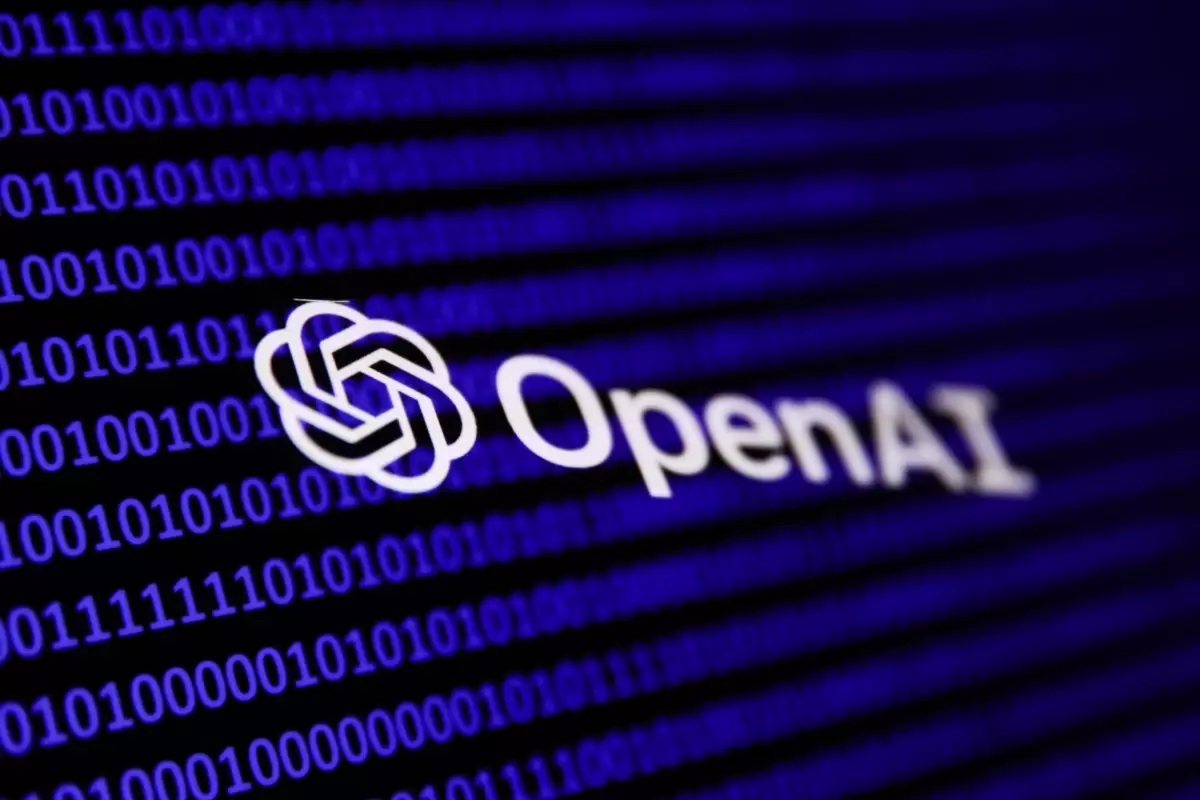In a surprising move last Friday, OpenAI, the renowned AI research organization, filed a trademark application with the United States Patent and Trademark Office (USPTO) that hints at exciting new product lines and developments. This filing not only indicates the company’s intent to protect its brand but also teases an aggressive expansion into hardware and robotics—areas that could redefine how we interact with artificial intelligence.
While filing for trademarks is a routine procedure for many startups, OpenAI’s application stands out due to its breadth. The filed documents mention an array of hardware potentially designed for “AI-assisted interaction, simulation, and training.” Among the items listed are headphones, goggles, glasses, smartwatches, and augmented reality headsets. These products suggest an ambition to develop a more integrated ecosystem of AI applications, wherein software and hardware work synergistically to enhance user experience.
CEO Sam Altman’s recent focus on partnerships to develop AI-powered consumer hardware further underscores the importance of collaboration in this endeavor. However, in a candid moment, he mentioned that the journey toward creating these devices is expected to take “several years.” This raises critical questions about the sustainability of momentum in innovation-driven sectors where user expectations are constantly evolving.
The trademark application reveals OpenAI’s intriguing plans for robotics, specifically mentioning “user-programmable humanoid robots.” This design indicates a vision beyond mere automation—these robots are intended to have communication and learning capabilities that could provide assistance and entertainment to individuals. Hiring Caitlin Kalinowski, who has experience in augmented reality, further indicates that OpenAI is serious about making strides in the robotics sector.
OpenAI’s endeavor to develop humanoid robots reflects a broader trend in the tech industry where companies are exploring the potential for human-like interaction through robotics. This ambition, however, comes with complexities. The integration of AI in robotics necessitates not just advancements in sensors and intelligence models but also ethical considerations regarding human-robot interactions.
Another fascinating element of OpenAI’s trademark filing is the mention of custom AI chips and quantum computing capabilities. The rumors of OpenAI working on specialized chips have been rife within the tech community, with suggestions that a prototype could arrive as early as 2026 through partnerships with semiconductor giants like Broadcom and TSMC. The integration of quantum computing, although less clear, raises exciting possibilities for optimizing AI model performance. Quantum computing holds the potential to radically transform AI training processes, thanks to its ability to perform a vast number of calculations concurrently.
OpenAI’s pursuit of such cutting-edge technology demonstrates an acute awareness of the growing computational demands of AI models. As the costs associated with AI development show no signs of decreasing, integrating quantum resources could very well be essential for maintaining competitive advantage in this high-stakes arena.
While OpenAI’s trademark application certainly opens the door to a world of possibilities, one must approach these developments with cautious optimism. Trademark filings are often broad, serving to protect a variety of possible ventures without committing to any specific product timelines. This vagueness can foster hope but also leaves room for speculation about whether these ambitious ideas will materialize into tangible products.
As we look ahead, it’s clear that OpenAI is positioning itself at the forefront of a potentially transformative era in technology. Yet, the roadmap for releasing any of these innovations remains uncertain. The interplay of ambition, technological challenges, and market dynamics will ultimately determine when—or even if—these futuristic products arrive in consumers’ hands.
OpenAI’s recent actions underscore a bold vision for the future of AI, blending hardware, software, and advanced computing in a manner that could redefine interactions between humans and artificial intelligence. The excitement surrounding these advances must be tempered with the understanding that the journey from idea to market-ready product is complex and fraught with uncertainty. As the landscape of AI continues to evolve, one thing remains abundantly clear: OpenAI is determined to be a significant player in shaping what comes next.

